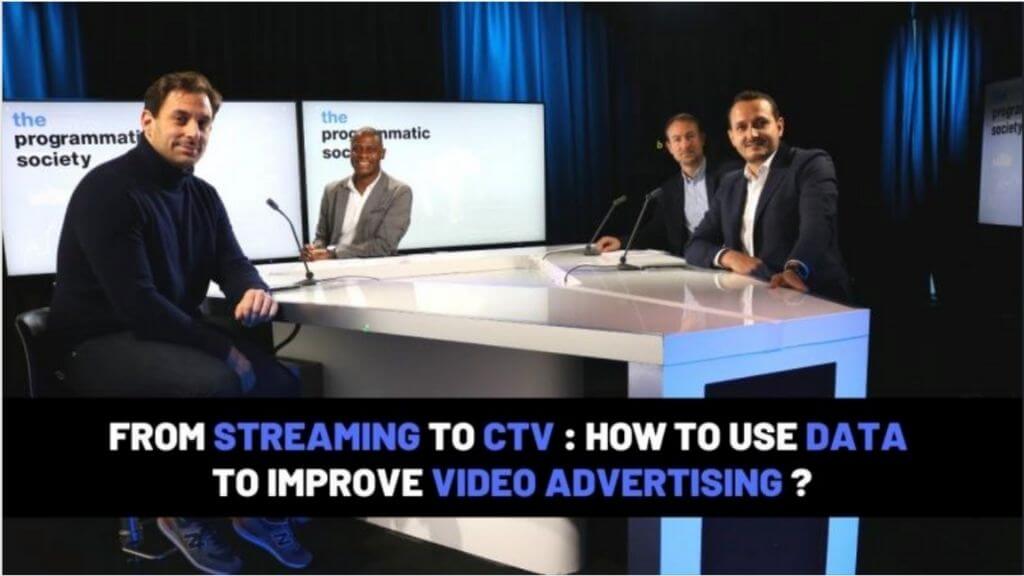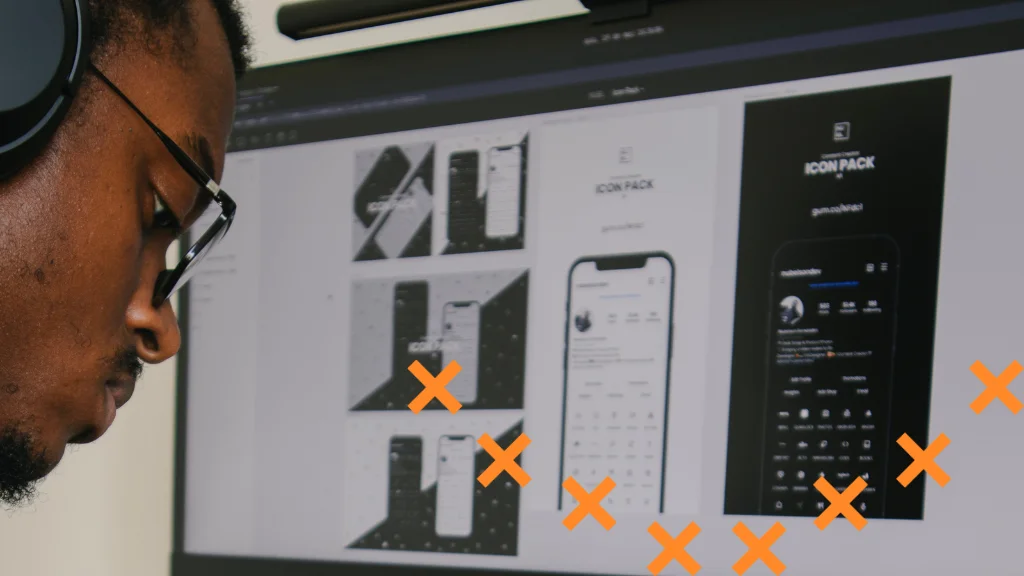6 Challenges to Make Data a Lever for Video Advertising
There are new challenges but also plenty of new opportunities when it comes to video advertising. We've got 6 ways to take advantage of wins.
Index:

The evolution of video advertising is transforming the broadcaster’s business model. It’s becoming data-driven. And, it’s moving from one-to-all content based on the audience. This means that fewer advertisers will have the capacity to communicate via TV. The new one-to-few model will only allow niche advertisers to take part in this space.
“In a decade, we stopped talking about TV advertising to instead talk about video advertising. We no longer talk about the audience but about data.” Samuel Profumo, Chief Data Officer from RTBF.
Data feeds a virtuous circle: with better audience knowledge, broadcasters can offer content that really meets the publics’ expectations. Advertising agencies can obtain higher CPMs and advertisers can have a better ROI.
What’re the conditions to make data a real performance lever in video advertising? What’ll the results be? The answers to this and more came after a discussion with Samuel Profumo from RTBF and Olivier Rozental from Altice Media Ads & Connect.
We’re going into a vast playing field. The liquidity of video content translates into delivery on various screens (desktop, TV, mobile), environments (Web, App, Mobile, connected TV), content types (short videos for the web, streaming, catch-up, VOD, etc).
Connected TV (CTV) itself brings together two different worlds. The first one, which is very common in France, is TV received via the AKA set-top boxes. It includes segmented TV advertising offers that take advantage of all the data richness of telecom operators for fine targeting while enjoying the advantages of TV: screen size, content, and premium inventory. The other universe is Smart TV, television directly connected to the internet. It’ll probably soon be possible to operate the same types of targeting as with the box.
This is a vast playing field that requires several data challenges to be met.
Here are the Six Challenges to Make Data a Lever for Video Performance:
1. Data Quality
The first challenge is to collect, map and understand first-party data in order to build a relevant offer. It’s a compromise needed between targeting finesse and reach. With CTV, data can be used to address niche targets. Thus, advertisers who couldn’t communicate on a one-to-all basis can integrate television into their media strategy on a one-to-one basis.
2. Content Quality and Trust
The reliability of the data is essential for efficient targeting. It relies above all on the quality of the proposed content. It’s important to understand the audience in order to offer them programs that interest the audience and engage them in a more personalized relationship. High-quality content will make users want to create an account and log in regularly. Creating a first-party data asset is therefore dependent on programs and trust.
“Beyond data assets, the quality of the content creates the conditions for a special relationship with the public. If they log in, we can understand their interests and produce content that meets them.” Samuel Profumo, RTBF
3. Data Optimization
Video rhymes with the diversity of screens (TV via a box, connected TV, desktop, mobile, tablets), and therefore they have very different audiences. The “liquidity” of video content implies a “liquidity” of video targeting that must be able to adapt to the diversity of devices. This requires data optimization. This is “shadow” data that publishers have thanks to their perfect customer knowledge. In the months and years to come, broadcasters will be key players in enabling advertisers to use the right targeting to make their campaigns perform, whatever the objectives, devices, and levers will be.
4. Technology
You have to know how to value this data, even if it’s quality data from the start. Moreover, it must be made available to all and allow for a diversity of activation. Data and online video must necessarily go through technology so that the market can get the best out of them. In addition, the technology must meet the need for real-time data, which is crucial in video advertising.
“The big challenge in video advertising is real-time, which can only be achieved with a good data management platform (DMP). Unlike display, where the users scroll down the page and give technology little time to target, online video allows for no latency. When the video user launches the player, the various technical exchanges must take place in real-time to avoid creating friction points,” says Olivier Rozental, Director of Digital Business & Transformation at Altice Media Ads & Connect.
Finally, technology is fundamental to having a sustainable solution at the end of the third-party cookie.
5. The Measurement Challenge
Image if TV advertising was measured by gross rating point (GRP). The fragmentation of the video audience is changing the game and requires thinking about a uniform measurement on the different channels/levers. We have to avoid thinking in silos, whereas TV is viewed on the left and digital is viewed on the right. For now, impressions are the preferred KPI but this might soon change.
6. Partnerships with All the Right Players
Beyond the technology providers, it’s also the telecommunications and TV manufacturers that’ll have to be counted on to build a “Connected TV” data ecosystem that is enriched.
The End Results
On the RTBF side, data-driven campaigns for the self-promotion of content on the streaming platform have already given good results by maintaining a significant reach. In addition, a recent campaign conducted by an advertiser in the automotive sector on connected TV proved that it was possible to meet awareness objectives by addressing very fine segments.
At Altice Media Ads & Connect, data made it possible to reach younger generations who don’t consume linear TV. “On what we call the small-medium TV consumers, the young targets, we can gain 10 points of coverage on target compared to the Nielsen benchmarks. Advertisers can thus optimize the cost per unique contact on this type of consumer,” said Olivier Rozental of Altice Media Ads & Connect
Segmented TV, the evolution of TV usage directly connected to the internet, partnerships with other players in the value chain…these are all new challenges as well as new business opportunities that’ll be opening up in the months and years to come for video players.
The original article can be found here in French.
 Data Monetization (in a Privacy-first World) for Publishers
Data Monetization (in a Privacy-first World) for Publishers
 Stop 3rd-Party Cookie Deprecation From Impacting Revenues
Stop 3rd-Party Cookie Deprecation From Impacting Revenues
 How Publishers Can Keep Up with Digital Advertising Privacy Changes
How Publishers Can Keep Up with Digital Advertising Privacy Changes